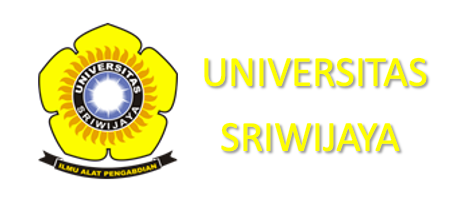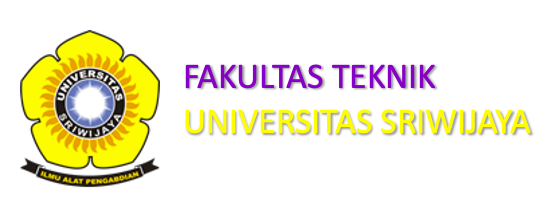ANALISIS KESTABILAN LERENG SEBAGAI DASAR MITIGASI TANAH LONGSOR DAERAH CIPANAS DAN SEKITARNYA KABUPATEN LEBAK, BANTEN
Abstract
ABSTRAK: Lokasi penelitian secara geografis terletak pada S6° 31′ 30′′ - S6° 36′ 0′′ dan E106° 22′ 30′′- E106° 27′ 0′′ yang termasuk kedalam tiga kecamatan, yaitu Kecamatan Cipanas, Kecamatan Lebak Gedong dan Kecamatan Sukajaya. Ketiga Kecamatan tersebut secara topografi memiliki morfologi berlereng, berbukit dan curah hujan yang tinggi, sehingga daerah tersebut termasuk kedalam daerah rawan longsor. Tujuan dari penelitian ini adalah untuk mengidentifikasi daerah yang termasuk ke dalam zona tingkat rawan longsor tertinggi hingga terendah, dan menganalisis stabilitas serta perlindungan lereng daerah Cipanas dan sekitarnya. Metode yang digunakan adalah analisis tingkat kemiringan lereng yang di didapatkan dari metode kuat Geser Tanah berupa Pengujian Geser Langsung (Direct Shear Test) sebagai data perhitungan Factor of Safety, serta analisis data curah hujan berdasarkan data Hidrometeorologi. Parameter lapangan yang digunakan adalah jenis longsor dan titik sebaran longsor. Dari kelima tahapan metode tersebut di overlay dan menghasilakan peta curah hujan, peta kemiringan lereng. Pada daerah penelitian terdapat 6 titik longsor yang tersusun atas batuan sedimen dengan litologi berupa batulempung dan batupasir serta endapan vulkanik tidak terkonsolidasi berupa breksi dengan fragmen andesit, dan batupasir tuffan. Berdasarkan hasil observasi lapangan dan analisis data, jenis longsor yang berkembang di daerah penelitian terdapat dua yaitu 1 jenis longsor rock fall dan 4 jenis longsor translasi. Wilayah Kecamatan Lebak Gedong merupakan daerah yang berpotensi rawan longsor yang tinggi, akibat morfometri dan pelapukan batuan. Upaya mitigasi yang dapat dilakukan berupa pemangkasan lereng yang terjal, pemantauan lereng dan bukit secara berkala, melakukan upaya preventif dan pembuatan dinding beton penahan lereng.
Kata Kunci: Tanah Longsor, Lereng, Pengujian Geser Langsung (Direct shear test), Mitigasi.
ABSTRACT: The geographical location of the research is located at S6 ° 31 ′ 30 ′′ - S6 ° 36 ′ 0 ′′ and E106 ° 22 ′ 30 ′′ - E106 ° 27 ′ 0 ′′ which belongs to three sub-districts, namely Cipanas District, Lebak Gedong District and Subdistrict Sukajaya. The top three sub-districts have morphological slopes, hilly and high rainfall, so that the area is included in landslide-prone areas. The purpose of this study is to identify areas that fall into the highest and lowest landslide-prone zones, and analyze the stability and protection of the slopes of the Cipanas and surrounding areas. The method used is the analysis of the level of the slope obtained from the soil shear strength method in the form of a Direct Shear Test as a Factor of Safety calculation data, and analysis of rainfall data based on Hydrometeorological data. Field parameters used are landslide types and landslide distribution points. Of the five stages the method is overlaid and produces a rainfall map, slope map. In the study area there were 5 landslide points composed of sedimentary rocks with lithology in the form of claystone and sandstone and unconsolidated volcanic deposits in the form of breccias with andesite fragments, and tuffan sandstones. Based on the results of field observations and data analysis, there are two types of landslides that develop in the study area, namely 1 types of rock fall landslides and 3 types of translational landslides. The Lebak Gedong Subdistrict is an area with high risk of landslides, due to morphometry and rock weathering. Mitigation efforts that can be done in the form of trimming steep slopes, monitoring slopes and hills regularly, making preventive efforts and making concrete slope retaining walls.
Keywords: Landslides, Slopes, Direct Shear Test, Mitigation.





